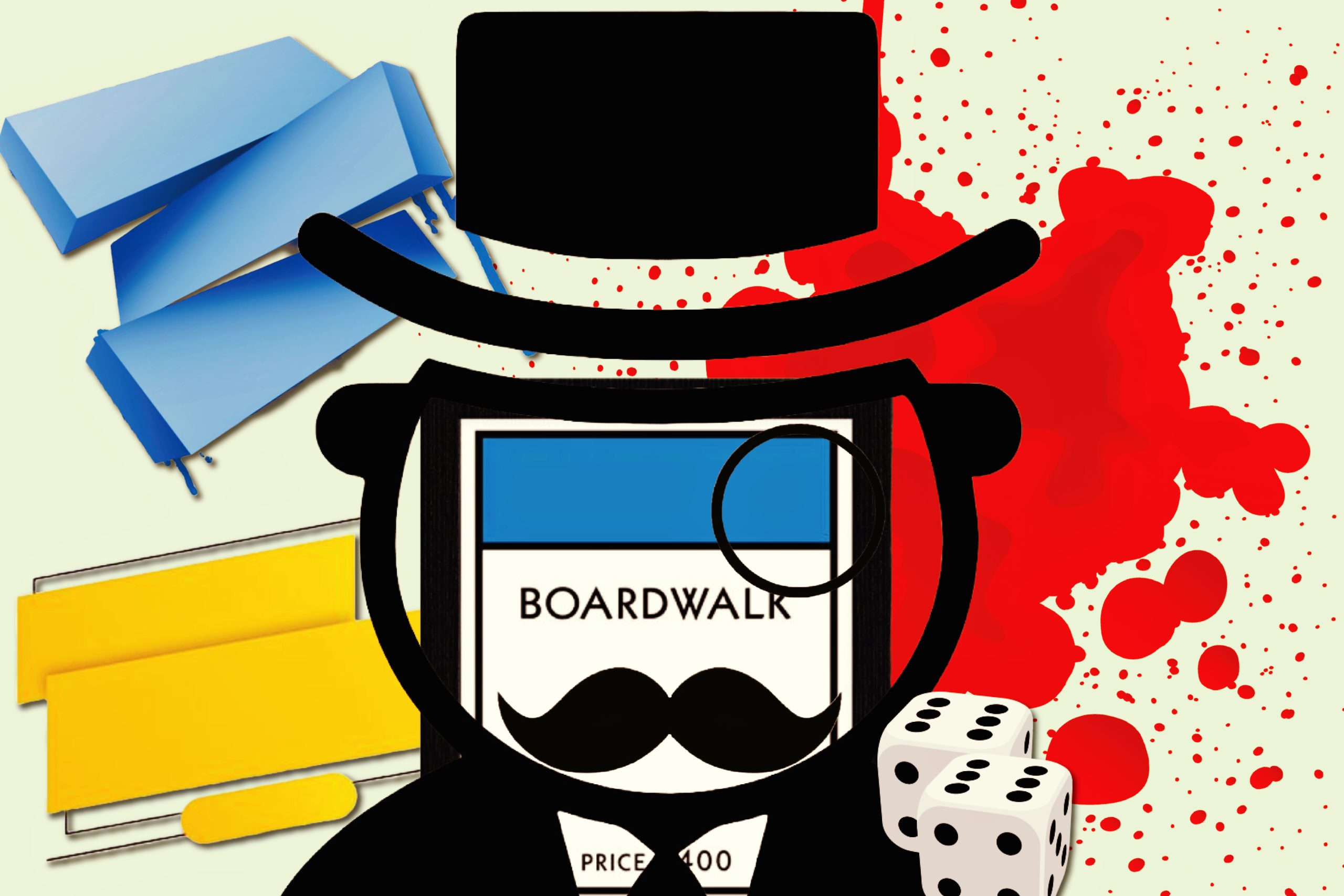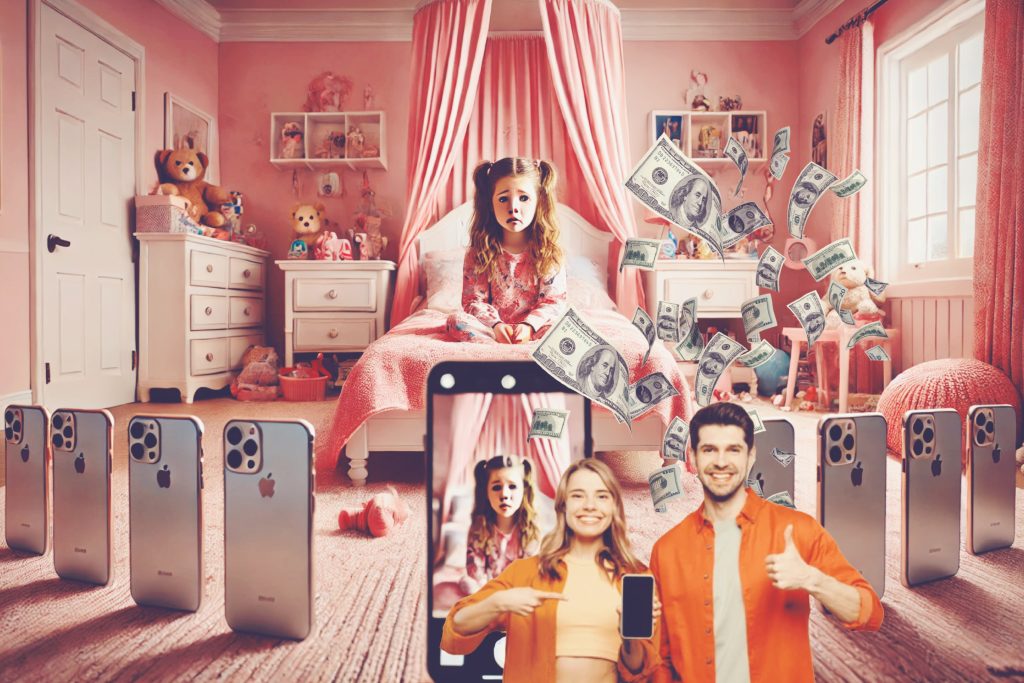Picture this: you’re sitting around with your family, dice in hand, trying to avoid the soul-crushing realization that you’re about to lose another game of Monopoly. You glance down at the board, trying to plot your next big move—when it suddenly hits you: who is the Monopoly Man, anyway? That mustached, monocled mascot who has ruled game nights for over a century. That little dude is everywhere, with that smug grin, vintage suit, and top hat that screams “old money.” He’s an icon and a legend. But what if I told you that this mustachioed mascot might be more than just a symbol of capitalism gone wild?
Sounds like a wild Reddit rabbit hole, right? But believe it or not, there’s a growing crowd who think there’s something to it.
From the 1900s-style wardrobe to that know-it-all vibe (seriously, healways seems a step ahead), there’s something about the Monopoly Man that has conspiracy theorists buzzing.
So, let’s put down the dice and crack open the history vault and explore the strange, swirling world of time travel, Monopoly-style.
But, before we can dig into the juicy details of the Monopoly Man’s possible time-traveling antics, we have to rewind to where it all began. The official “Monopoly” game was created back 1935 during the Great Depression by Parker Brothers. But according to lore, they actually stole the idea from a lesser-known game called The Landlord’s Game—which had a whole different goal in mind. That game actually started out as a backhanded slap against capitalism.
At the start of the 20th century, children were part of the regular workforce. They possessed few toys. When U.S. manufacturers created games, they built them to market to parents: to teach as well as to entertain.
Progressive writer Elizabeth Magie Phillips created Monopoly in 1904 to teach players about the dangers of wealth concentration. Originally called The Landlord’s Game, it celebrated the teachings of the anti-monopolist Henry George whose widely read book, Progress and Poverty, published in 1879, argued that governments did not have a right to tax labour. They only had a right to tax land.
Monopoly didn’t become a hit until the Depression. Its original message that all should benefit from wealth was transformed to its current version — where you crush opponents by accumulating wealth — by its second developer, an unemployed heating engineer named Charles Darrow. By the mid-1930s, orders for the game had become so extensive that employees of Parker Brothers stared piling the order forms in laundry baskets.
The rich history of the game is fascinating and a true snapshot of American society.
Once Parker Brothers took over, Monopoly quickly became a symbol of good old fashioned American ambition. In this new game, the goal was to accumulate as much wealth as possible by crushing your competition into dust—sounds a little too on-the-nose, right?
And this is where our top-hatted hero enters the picture: Rich Uncle Pennybags, the mascot who’s front and center on every box, card, and token.
Uncle Pennybags doesn’t just represent the spirit of Monopoly; he’s practically capitalism personified. But here’s where it gets strange. While the world marched forward through shifting fashions, politics, and relentless technological progress, our top-hatted icon remained untouched, like he strolled straight out of a 1900s speakeasy. Why hasn’t the Monopoly Man ever had an update? Is it just brilliantly nostalgic branding, or is he actually slipping through the decades, unnoticed?
Believe it or not, plenty of people are convinced it’s the latter.
The theory of the Monopoly Man as a time traveler first popped up on internet forums dedicated to pop culture conspiracies. The idea was that this well-dressed mogul isn’t just representing a by-gone era, he’s actually living it, one top hat at a time. It all starts with his appearance—no, not just the suit – it’s the monocle that is the key here. Except—wait a second—he doesn’t actually have a monocle. (I know, mind blown.) Welcome to the Mandela Effect, friends.
The Mandela Effect is this brain-twisting phenomenon where people swear up and down that something is true, only to find out it isn’t. A whole lot of folks distinctly remember the Monopoly Man rocking a monocle, even though in reality, he’s never been drawn that way. So why do we collectively remember this? Some say it’s a glitch in the matrix, but others claim it’s proof that he’s a time traveler, slipping through timelines, leaving behind cultural residue and mysteries galore.
But it doesn’t stop there. Let’s talk about why this theory actually makes a weird kind of sense.
The Ageless Face of Capitalism: Monopoly has evolved with endless new editions—from Star Wars to Fortnite—yet Rich Uncle Pennybags remains a constant, seemingly immune to the tides of modern trends. His classic style isn’t just about preserving an old-timey charm; some believe it’s a cover for something far more mysterious. Could it be that he’s moving through eras, drawing on historical knowledge and using it to subtly shape fashion, culture, and even attitudes about wealth? His timeless look might just be a clever guise for a man who has mastered slipping through the decades, influencing trends and never aging a day.
But who is Pennybags,really? Well, rumor has it he’s modeled after famous businessman Jack P. Morgan.
At first glance, the board game Monopoly doesn’t seem like it has a New York City connection. The man who sold it to Parker Brothers in 1935 was from Philadelphia, and the board features properties in Atlantic City.
Then there’s that mustached man long dubbed “the Monopoly Man” or “Mr. Monopoly.” He appears on the Chance and Community Chest cards, always in a Depression-era suit with a bowtie and top hat.
But the Monopoly Man isn’t just a board game invention—this iconic character (who has an actual name, Rich Uncle Pennybags) is supposedly based on the image of an actual New Yorker.
So who is he? Apparently he’s modeled after banker J.P. Morgan. Morgan’s company financed some of the Gilded Age’s biggest corporations. He consolidated railroads, helped rescue the gold standard, and helped stabilize financial markets during the Panic of 1907, according to History.com. His former mansion on Madison Avenue is now the Morgan Library.
Phil Orbanes, a former VP at Parker Brothers and author of The Monopoly Companion, confirmed in this interview that the artist who drew Mr. Monopoly based him on J.P. Morgan.
Actually, it wasn’t until 1946 that our top-hatted tycoon even gained an official name: Rich Uncle Pennybags. Yet, in the eyes of many conspiracy theorists, this name doesn’t just define a brand—it hints at something far more sinister.
Some even argue that Uncle Pennybags didn’t just survive the Great Depression; he orchestrated it, capitalizing on the economic collapse to create a society of wealth-hoarders, forever reliant on monopolistic ideals. For those who buy into this theory, he isn’t just a symbol of capitalism; he’s the mastermind, a figure slipping between eras to keep us tangled in his endless game of property and power. And as you’ll see in this next video, theorists believe this may just be the beginning.
The Mandela Effect Connection: But what about that missing monocle? Many theorists argue that the reason we “remember” him with one is because he exists in multiple timelines. Some dimensions feature Uncle Pennybags with a monocle, others without, and somehow, we’re all conflating them. It’s like we’re getting cross-dimensional glimpses of his timeline-hopping adventures.
His Fortune Knows No Limits: How does Pennybags always seem to be on top financially? That’s because he’s seen every stock market crash, rise, and revolution before they even happen. Insiders from the ’80s can’t compete with this guy. Think about it—he’s a walking cheat code for financial success.
Some fans and theorists alike claim that Pennybags’s history isn’t just an exercise in branding; it’s a breadcrumb trail of messages, warning us about capitalism’s shadowy side. Many believe he’s not simply a mascot frozen in time, but a prophetic figure, hinting at what unchecked corporate greed could lead to. Newer editions of the game, like Monopoly Socialism and Monopoly for Millennials, which poke fun at modern economic and social struggles, seem almost too on-the-nose to be random. It’s as if Pennybags, with his immovable smirk, is giving us a knowing look that says, “I’ve watched these cycles play out before.”
According to theorists, his ability to “cheat time” comes with perks: advanced knowledge of economic cycles, the downfall of industries, and insider knowledge about where society is heading. His appearance in Monopoly is more than symbolic—it’s a carefully crafted persona that remains stylishly “out of place,” perhaps because he’s always a step ahead.
Skeptics, of course, argue that Pennybags is simply a consistent brand mascot. But these critics miss the element that adds mystery to his legacy: the way each iteration of Monopoly touches on current societal shifts, suggesting Pennybags may not be just a relic of the past. If his character were solely about branding, why does he keep resurfacing in editions that challenge our economic ideals? And why does his character manage to remain relevant, never updated, even in an era of constant reinvention?
Whether you buy into Pennybags as a time-hopping capitalist or a clever bit of pop culture, his hold over Monopoly—and our fascination with him—has endured for nearly a century. Is he just a marketing stroke of genius, or is there something genuinely uncanny about his persistence across time? One thing’s for sure: Pennybags isn’t just a relic; he’s an icon with a hold on the game that outlasts fads, trends, and economic changes.
With all these questions on the table, you can decide: is the Monopoly Man a simple game piece, or the ultimate capitalist with a timeless mission? Either way, his story—and the whispers of what he may represent—continue to captivate.
So whether he’s a time-skipping capitalist or just a clever mascot, one thing’s clear: Rich Uncle Pennybags will always have a monopoly on mystery.







Mr. Peanut has the monocle fellow matrix dwellers.
As the headline implies, “secrets” sometimes contain verifiable elements of truth. What’s contained in the article are fantasies and conspiracy theories from some bored redditors with too much time on their hands. What’s next? an article on the illuminati?
In 1927, he did have a monocle. However, Mr. Peanut (who lived on Baltic Ave.) was evicted by Pennybags for non-payment of rent. Peanut went over Pennybags’ suite at Park Place, beat the hell out of him, and stole his monocle and extra top hat. The rest is history,
he does have a monocle…https://external-content.duckduckgo.com/iu/?u=https%3A%2F%2Fi2.wp.com%2Fqph.fs.quoracdn.net%2Fmain-qimg-dd0dd51fd7e40f3c62262ad16ff2b88d&f=1&nofb=1&ipt=a169eac87df58fafced9e6027ebd44eaa440b9485af04546da61d0690cde02ca&ipo=images